The Deer Tick is a species of tick in the Ixodidae family. Other members of the family include the dog tick, wood tick, and several hundred other species. People best know this species as a vector for Lyme disease, which it can spread to humans. Read on to learn about the Deer Tick.
Description of the Deer Tick
This species has a typical tick-like appearance. It has eight legs, like all other members of the Arachnida class. Additionally, it has a rounded body and specialized mouthparts it uses to pierce the skin of its host.
Adults measure less than 1/8th of an inch long when their bodies are not engorged with blood. The larvae and nymph stages have even smaller sizes.
Interesting Facts About the Deer Tick
These creatures have a number of interesting traits and adaptations. Learn more about them, below.
- Lyme Disease – Most known that people can catch Lyme disease from ticks, but did you know the tick does not cause the Lyme disease? Instead, it acts as a vector, or a host, for the bacteria that infects the person and causes the Lyme disease.
- Other Infections and Diseases – Lyme disease isn’t the only bacteria that this species spreads to humans. People can also catch human granulocytic anaplasmosis, and the potentially life-threatening babesiosis from these ticks.
- Hardy Creatures – As most people in regions with these ticks know, you cannot kill them easily. Even in cold temperatures the ticks can emerge and move actively after a few hours of strong sunlight.
- What’s in a Name? – This likely won’t come as a surprise, but this species gets its name through its affinity for white-tailed deer. Ironically, they do not acquire the Lyme disease bacteria from the deer, but from mice.
Habitat of the Deer Tick
Despite their prevalence in various regions of the United States, these ticks actually have somewhat stringent habitat requirements. They prefer forested regions with a wide variety of low bushes and shrubs. As habitats increase in elevation the ticks cannot survive as easily. Additionally, they prefer humid habitats.
Distribution of the Deer Tick
You can find this species across the eastern United States. They also range into southeast Canada, around the Great Lakes, and into northeast Mexico. Their range runs from Texas to Florida, and up to Maine. You can also find them as far inland as Missouri and the surrounding areas.
Diet of the Deer Tick
These creatures have carnivorous feeding habits. Like all ticks, this parasitic species feeds exclusively on blood, which makes it specifically a sanguivore. Each life stage targets different hosts. Larvae feed on mice, while nymphs feed on medium-sized mammals such as raccoons. Finally, adults feed on large mammals, like deer.
Deer Tick and Human Interaction
Humans do not like interacting with this creature, nor any of its close relatives. They spread several diseases to humans, and afflict our pets and livestock. People typically spray their yards and homes to kill and ticks (or fleas) in the vicinity.
Domestication
People have not domesticated any tick species.
Does the Deer Tick Make a Good Pet
Why would you want to keep a disease-spreading parasitic creature as a pet?
Deer Tick Care
People do not keep ticks in any capacity. Some animals on farms, in homes, or even in zoos unknowingly carry the parasites, but this is not intentional.
Behavior of the Deer Tick
The only true “behavior” of these creatures is their feeding. They wait on bushes or leaves, or in the grass until a potential meal brushes against them, and they grab on.
These arachnids do not display any type of social behavior. They spend all of their various life stages alone, outside of breeding. However, you can sometimes find multiple ticks gathered for a meal on a single host.
Reproduction of the Deer Tick
When breeding season arrives, these ticks release a pheromone to find one another. Large numbers congregate, and males mate with as many females as possible. Females produce about a thousand eggs each. After mating, the male dies, and after laying her eggs, the female dies.


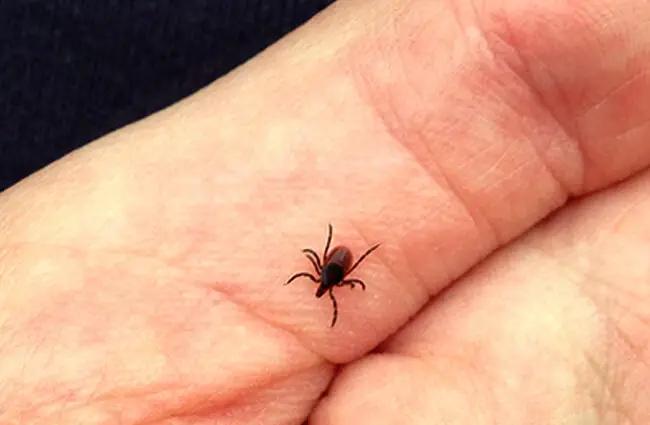
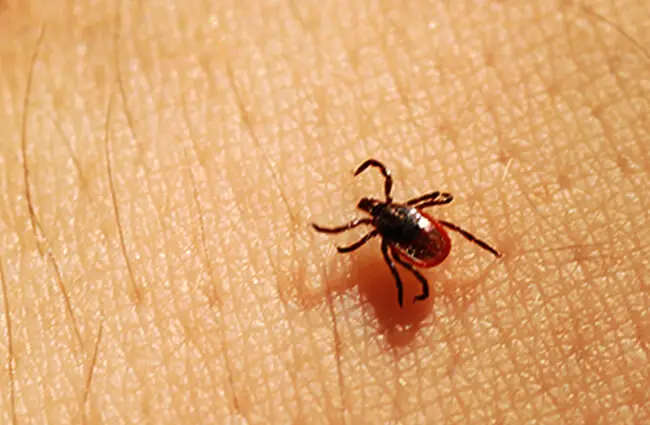
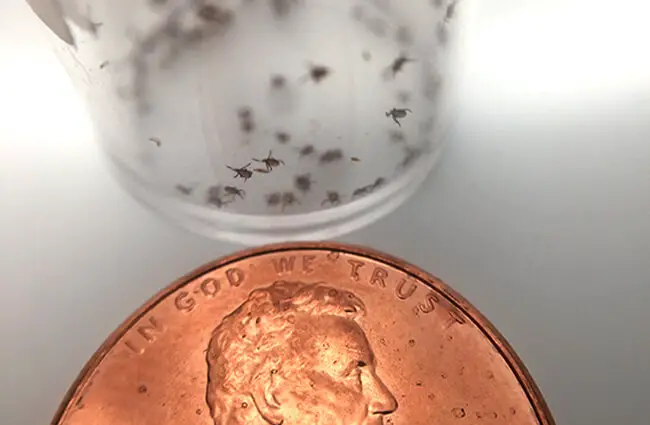
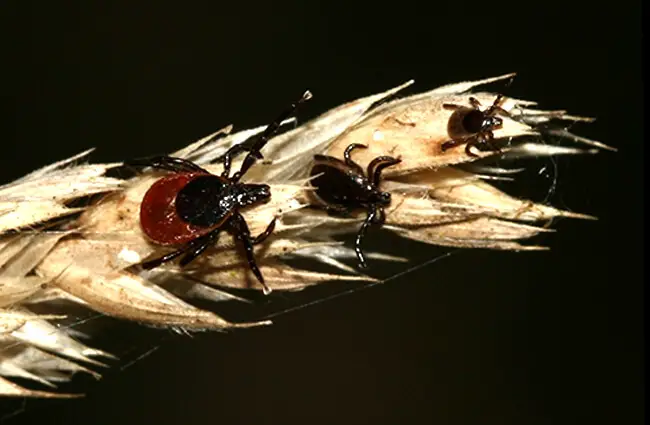
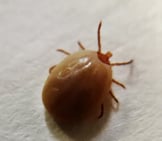
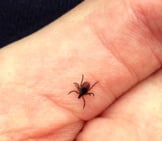

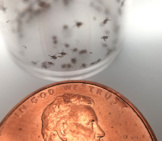

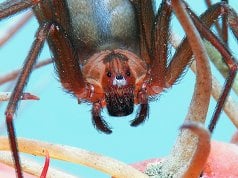
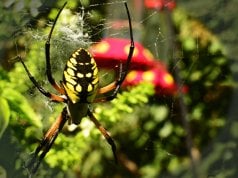











![Red Angus Closeup of a beautiful Red Angus cowPhoto by: U.S. Department of Agriculture [pubic domain]https://creativecommons.org/licenses/by/2.0/](https://animals.net/wp-content/uploads/2020/03/Red-Angus-4-100x75.jpg)

